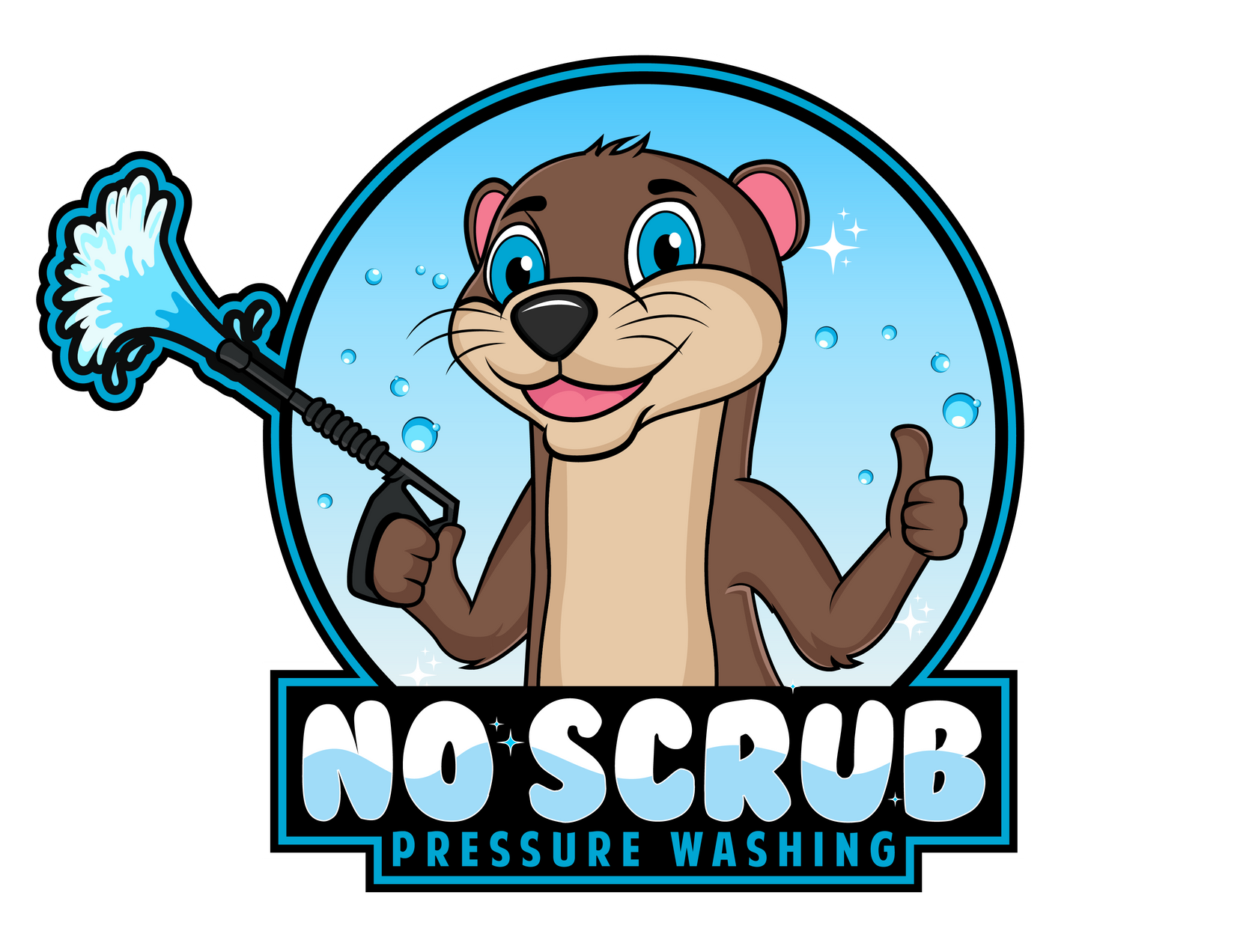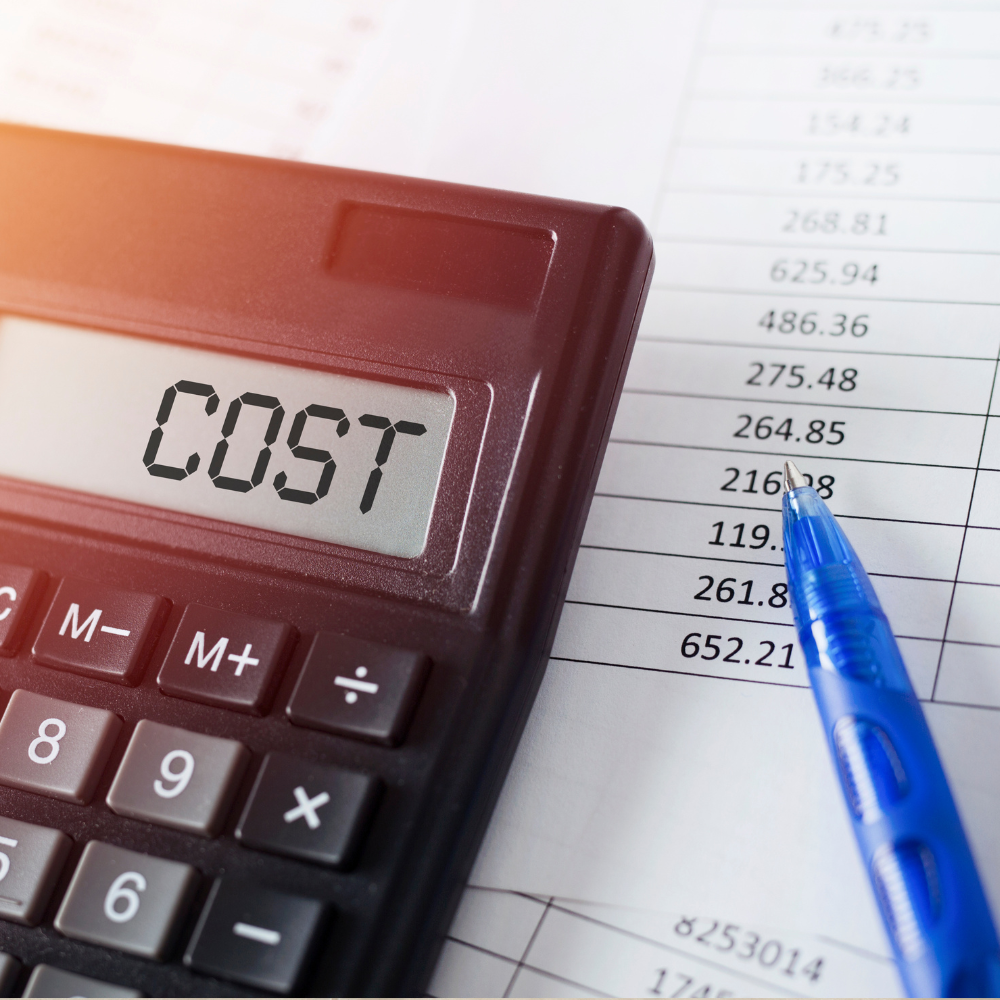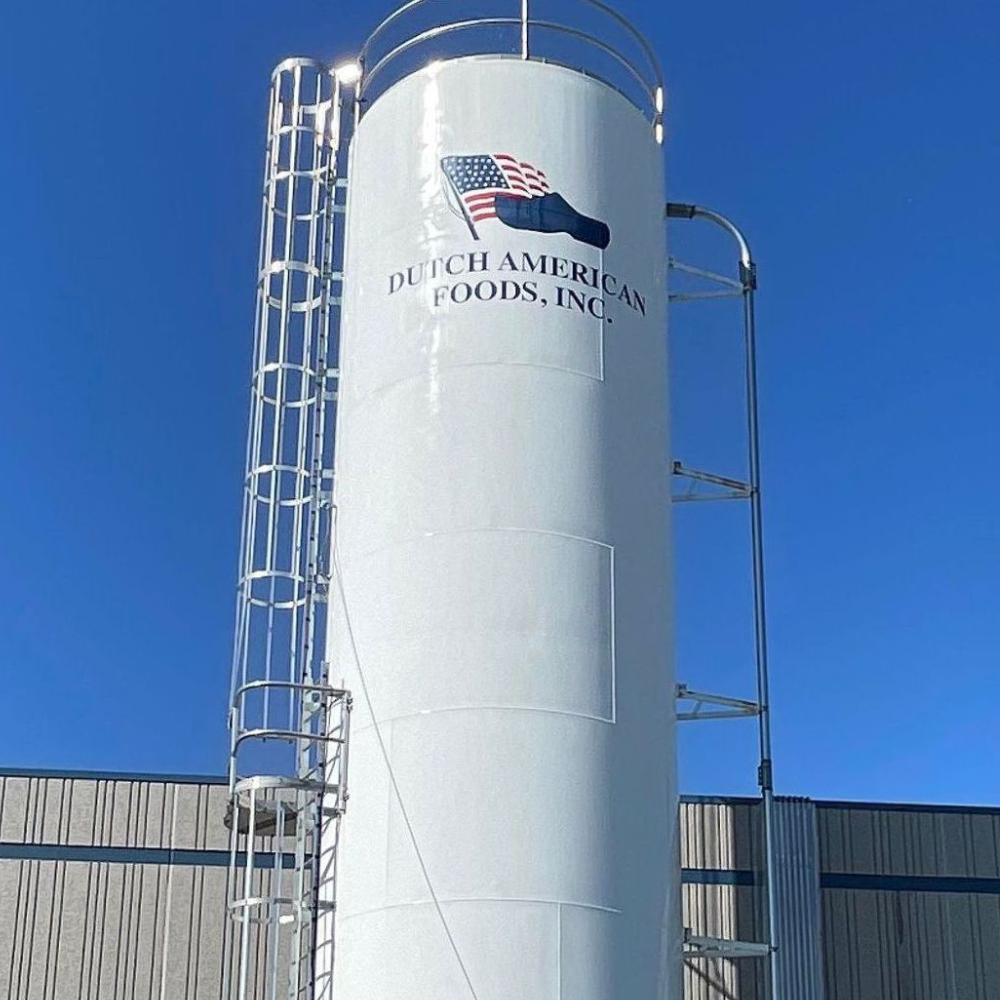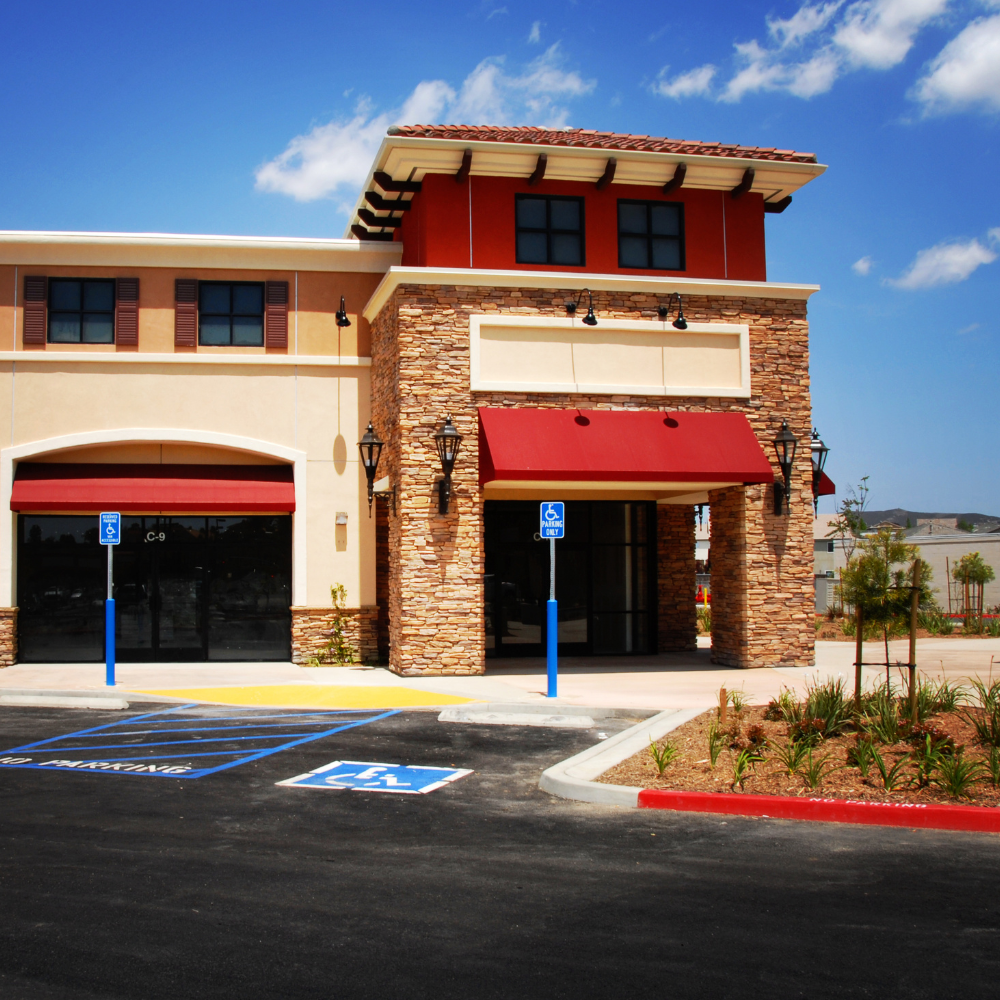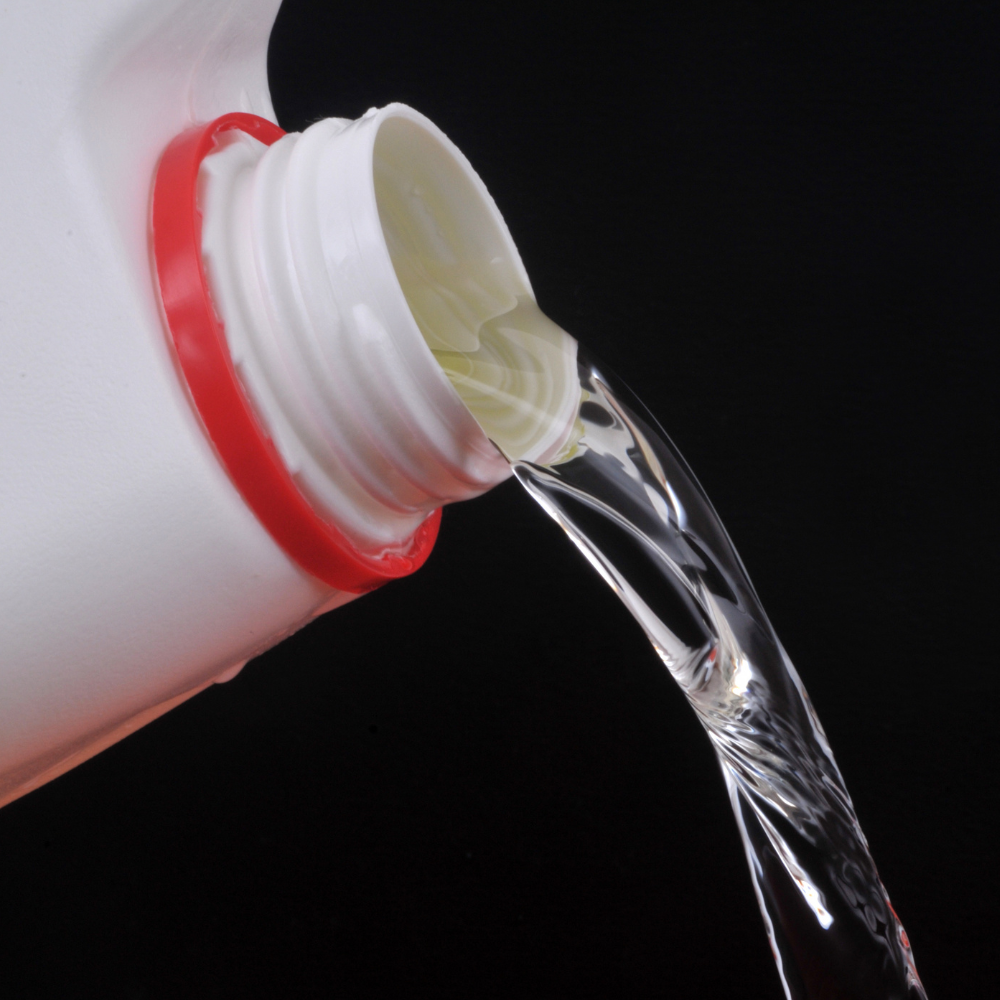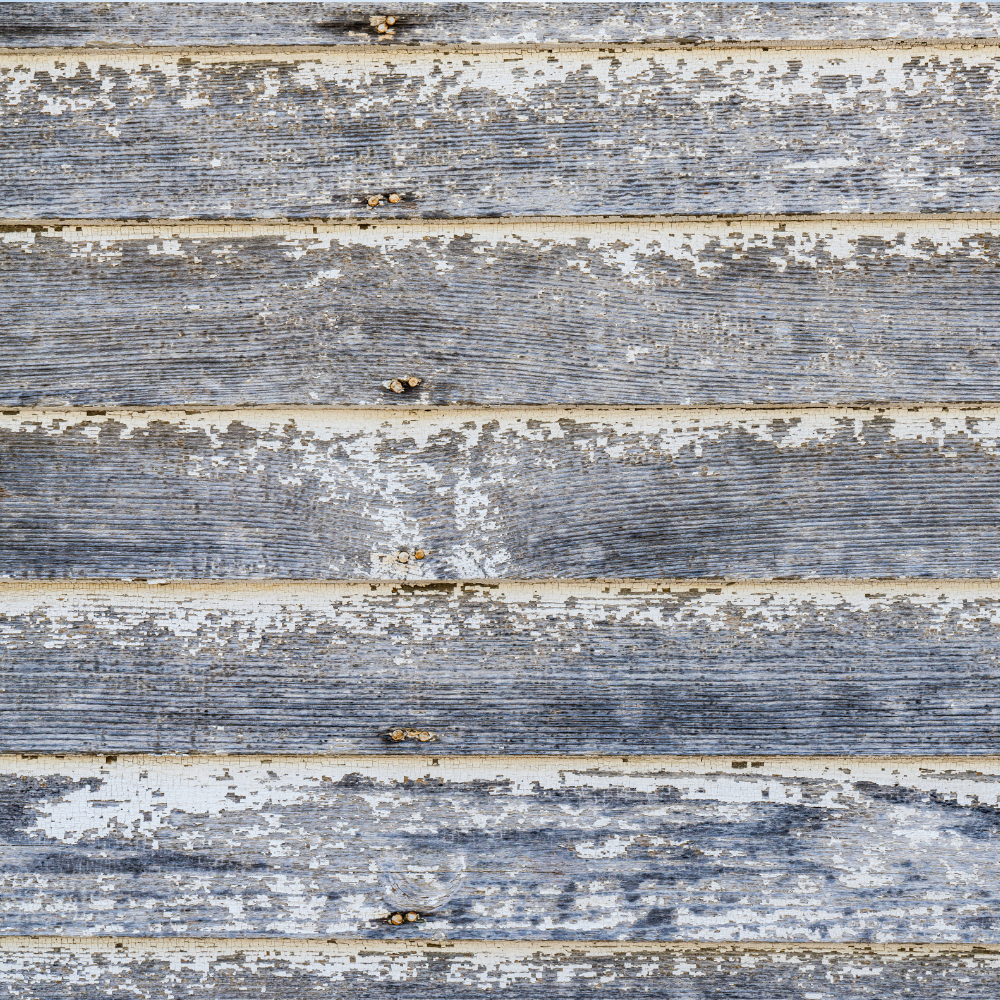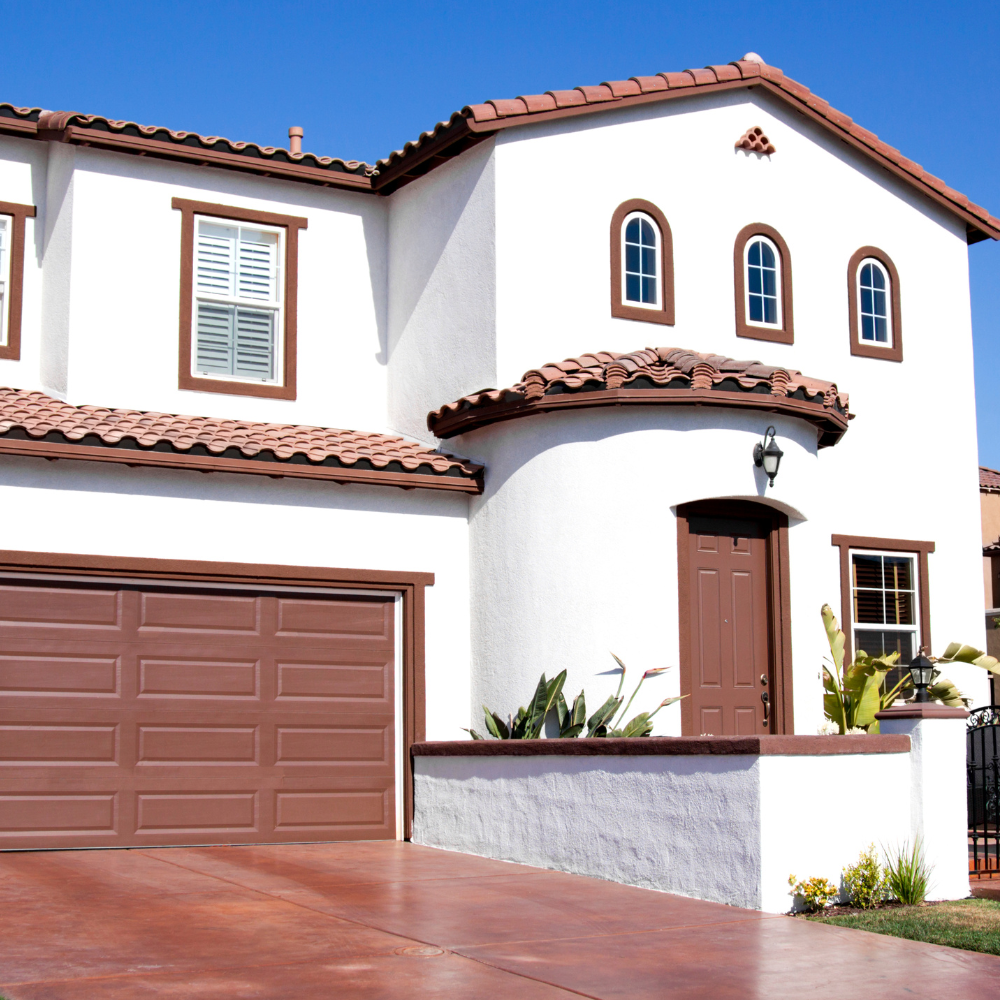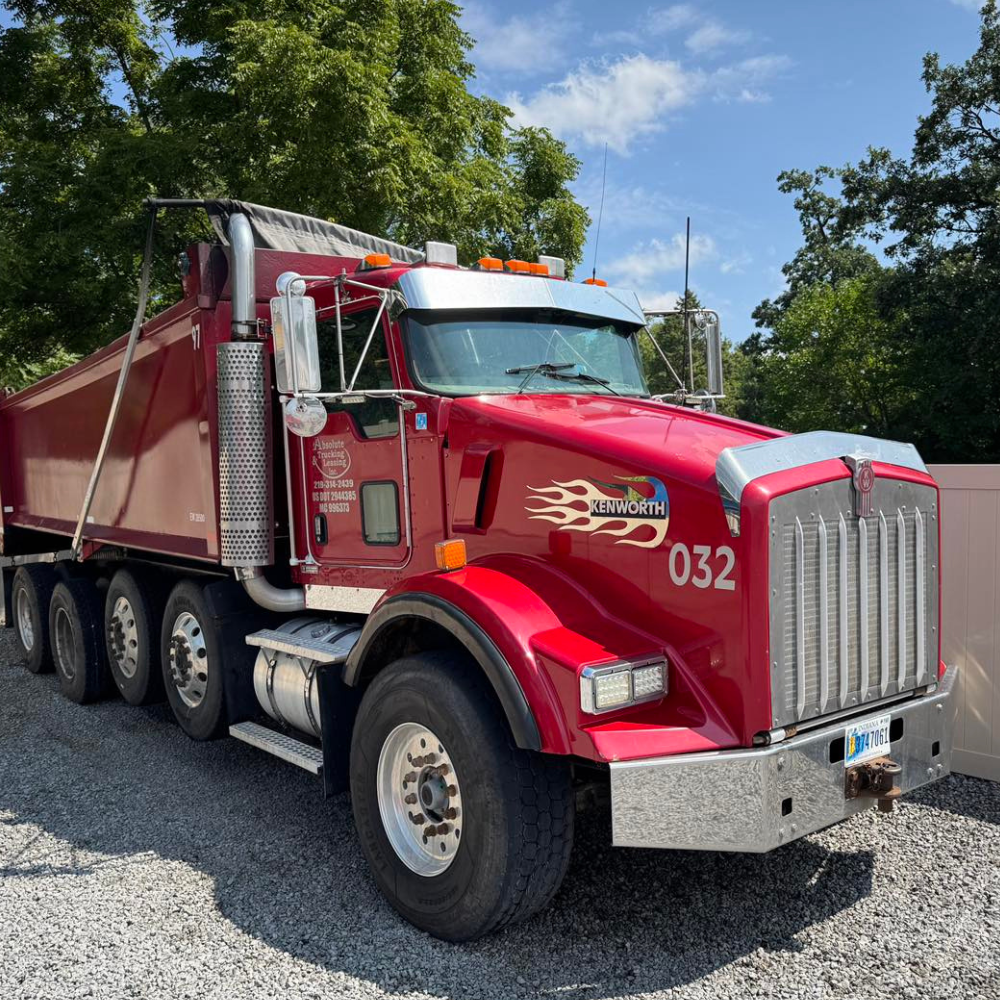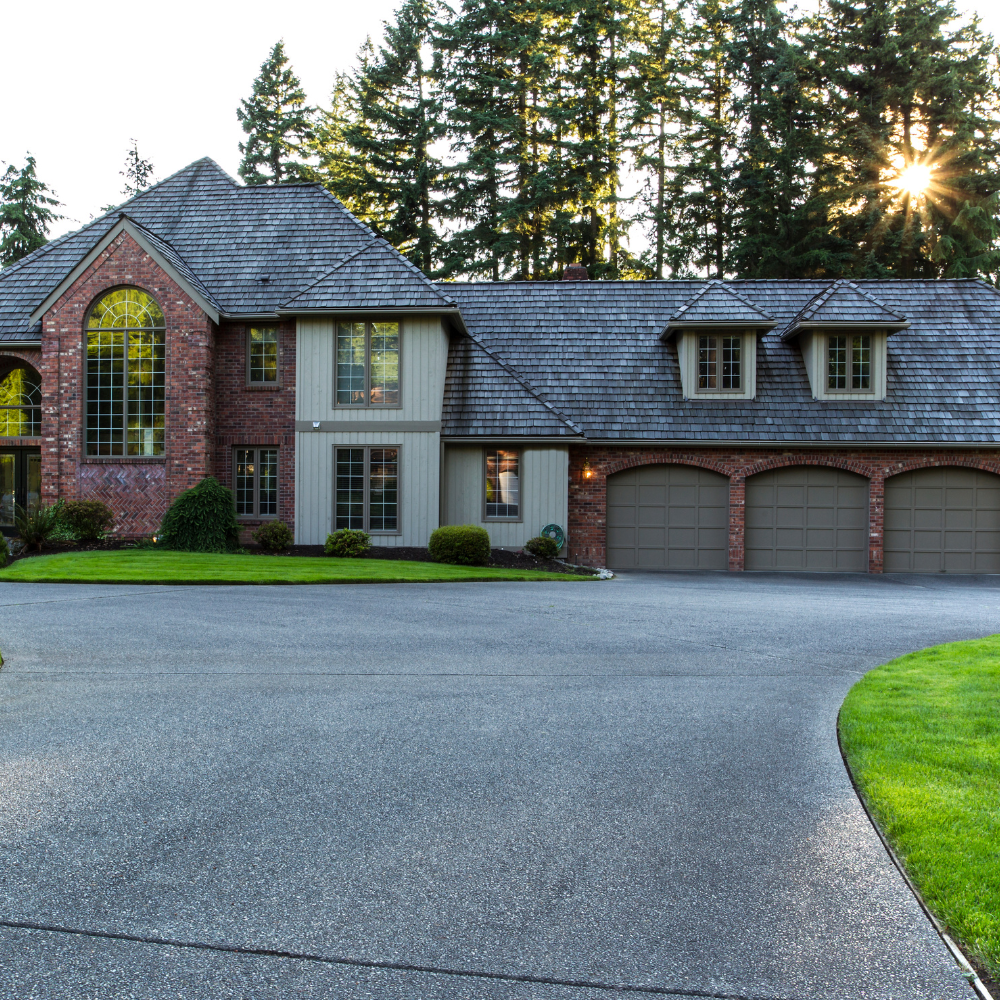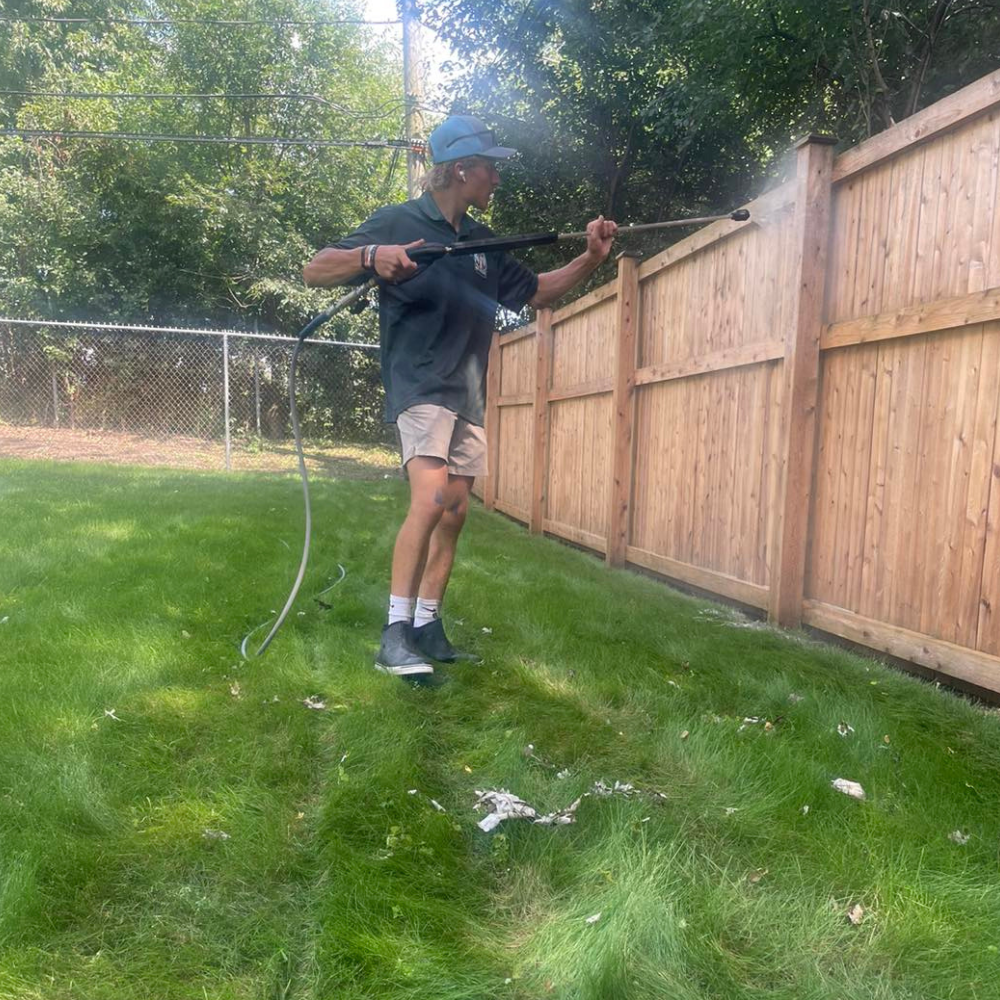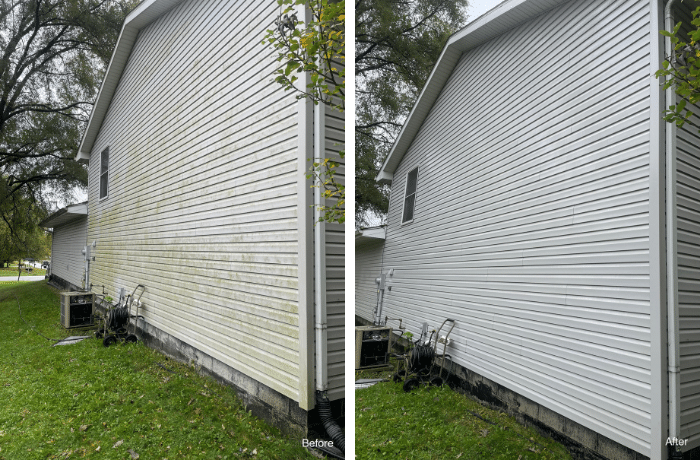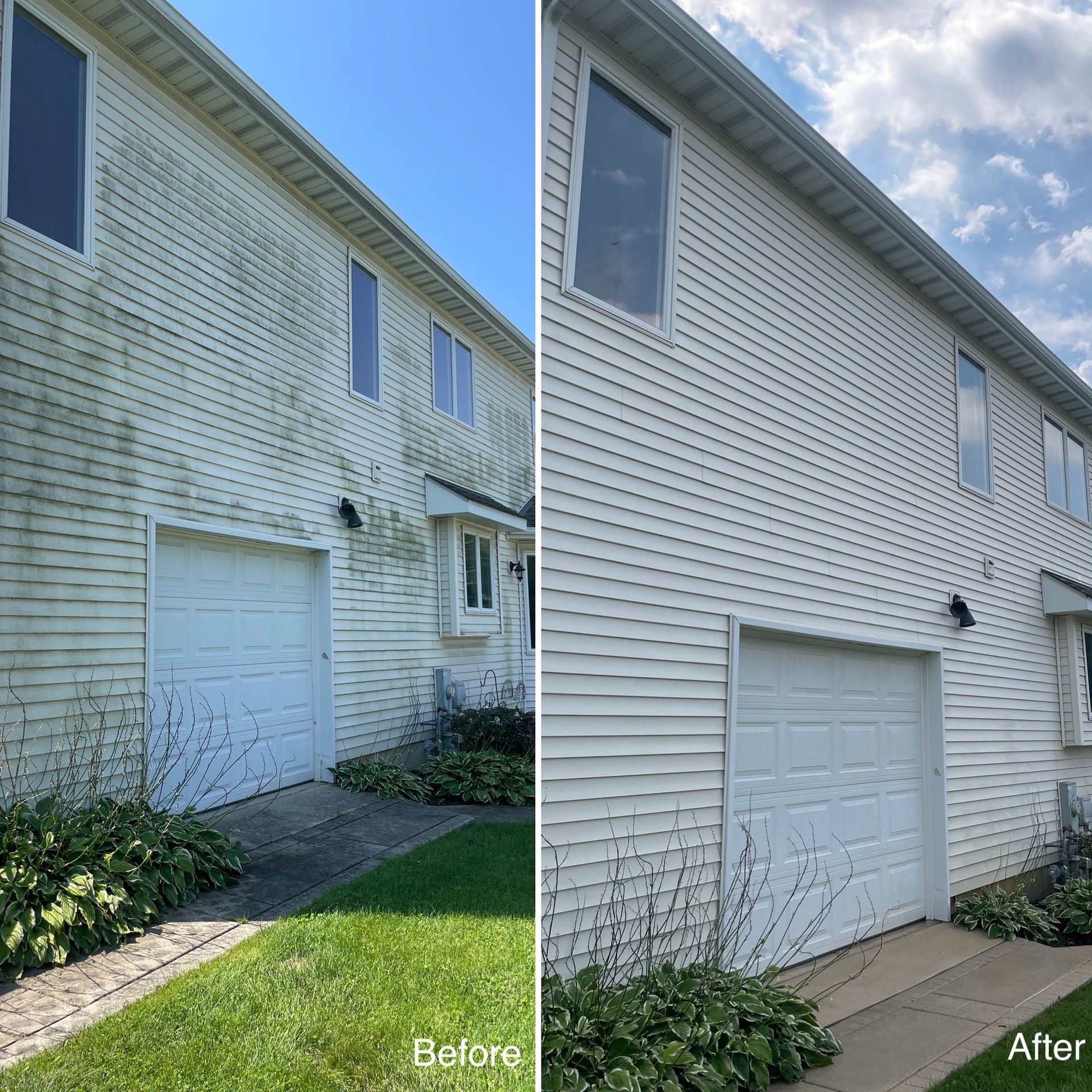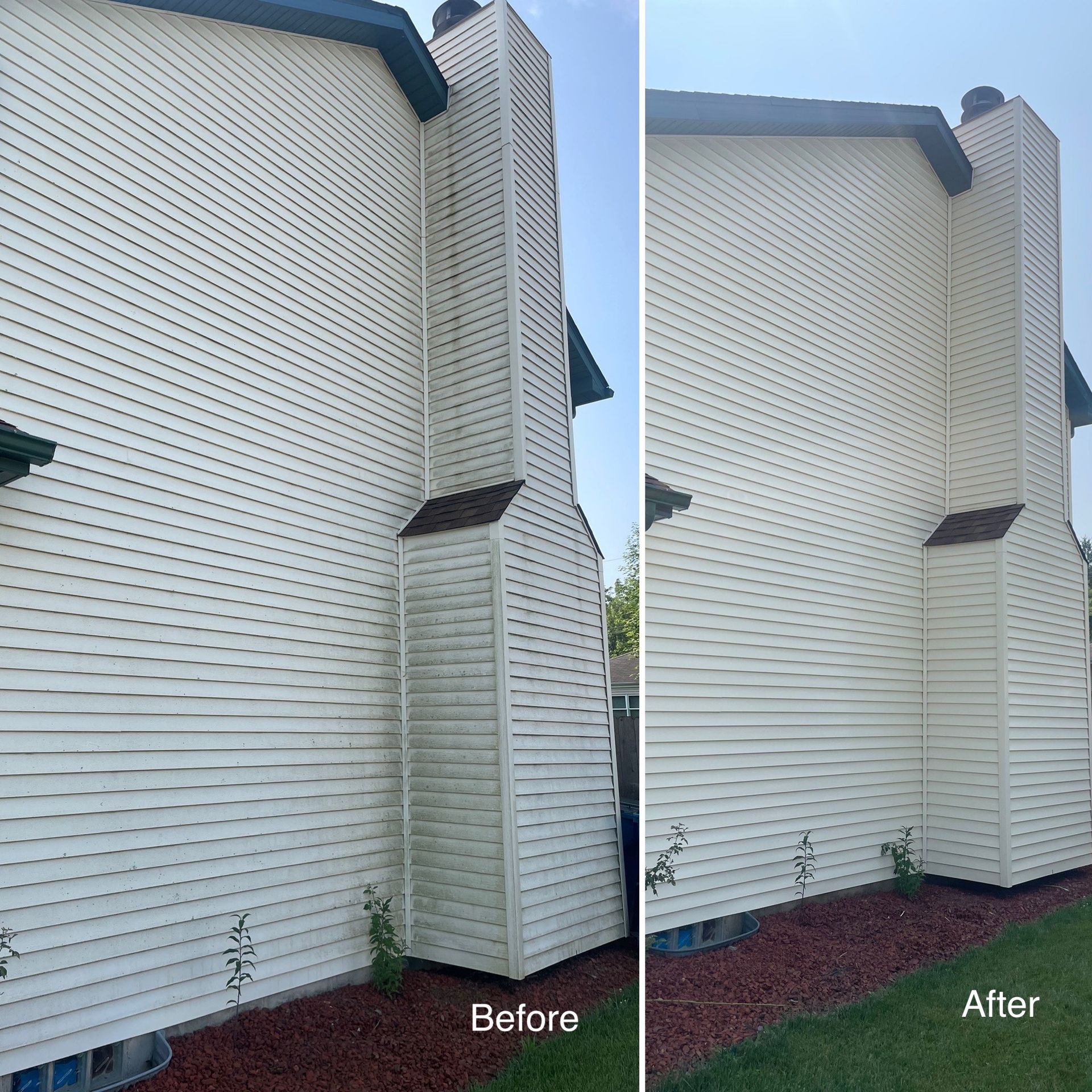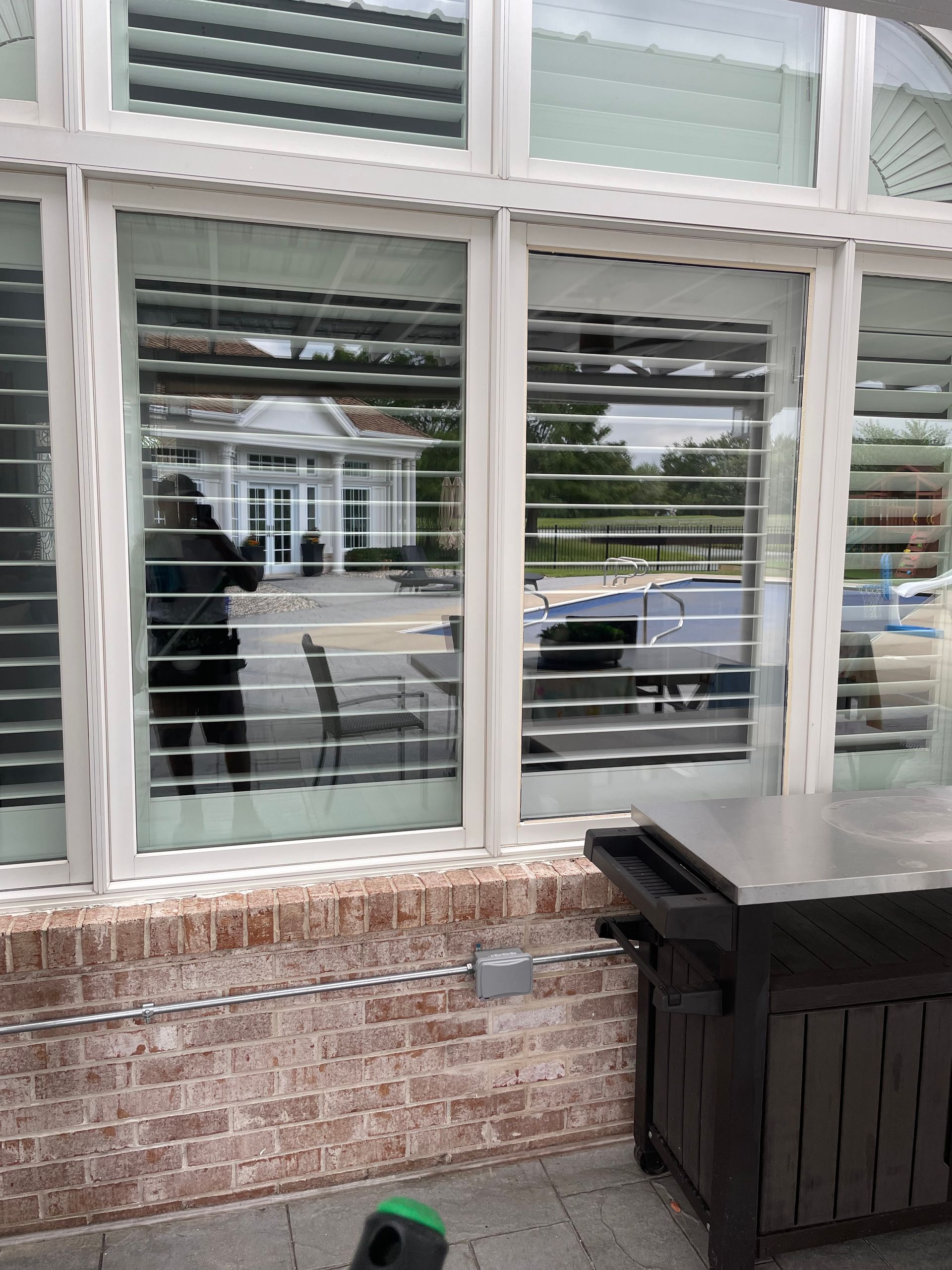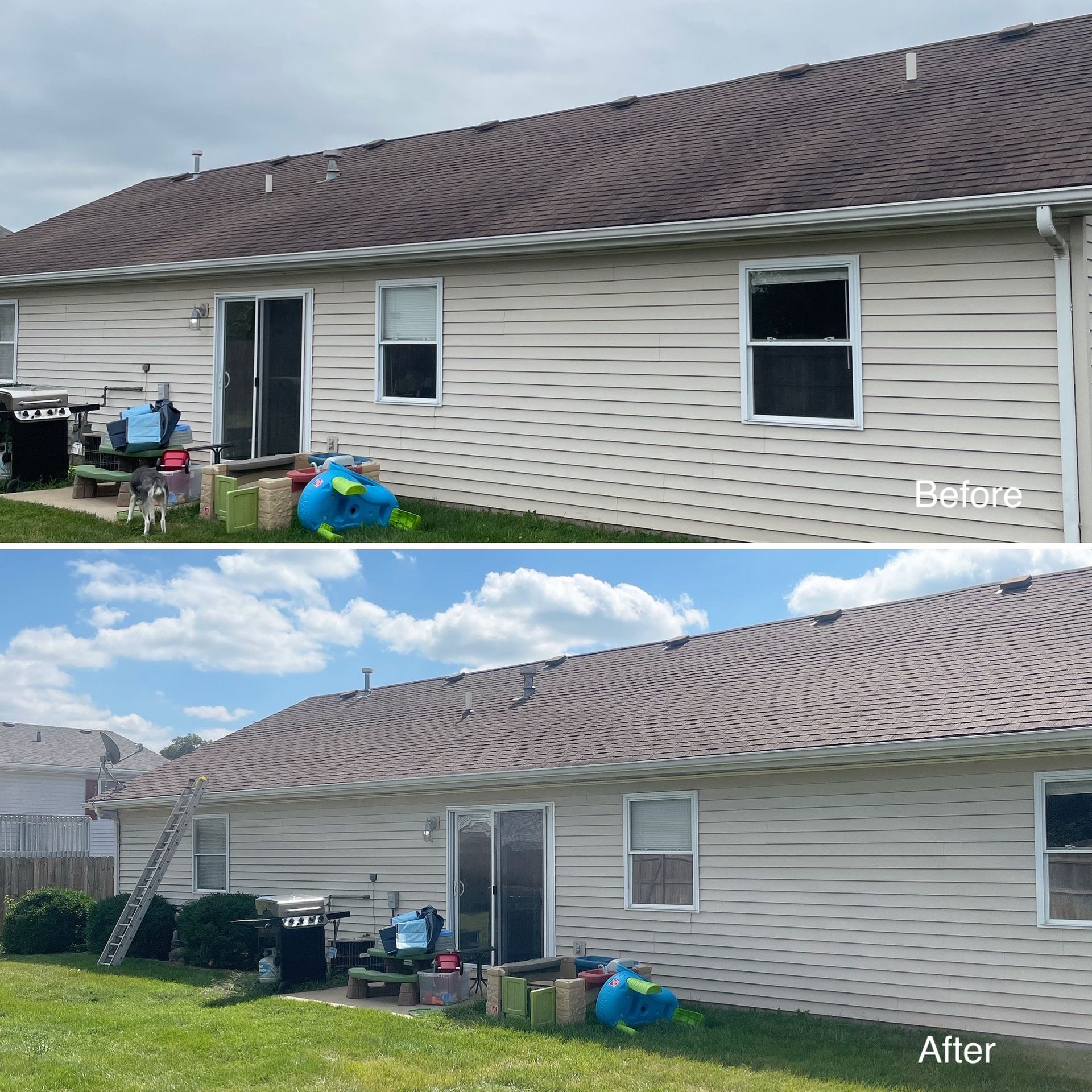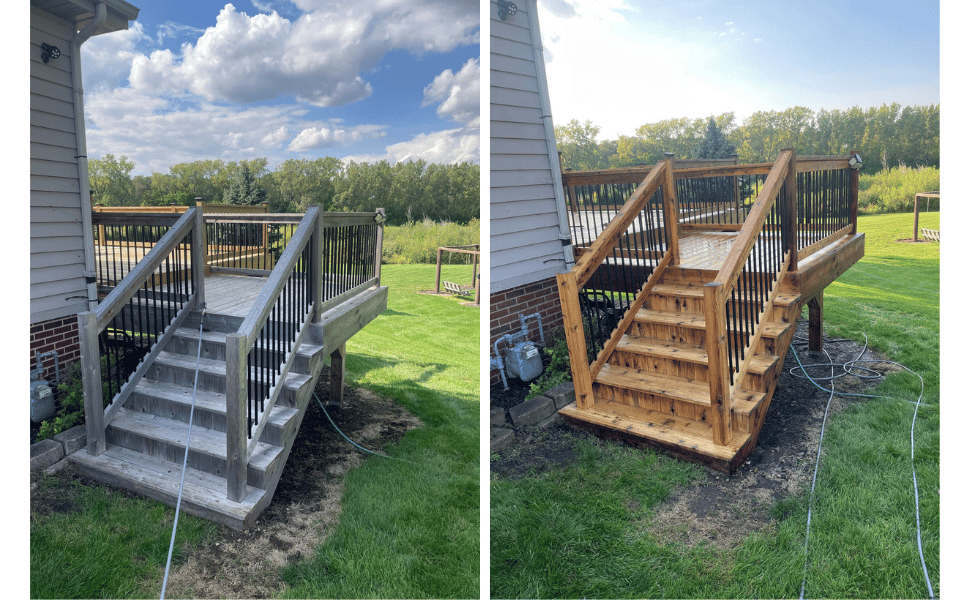Can Pressure Washing Damage Concrete Driveways and Sidewalks? The Truth Explained
If you’re considering cleaning your driveway or sidewalk, you’ve probably asked yourself: “Can pressure washing damage concrete driveways and sidewalks?” This article provides an in-depth look at the risks, best practices, and expert tips for cleaning concrete safely without causing harm.
Why It Matters
Concrete driveways and sidewalks are significant investments. Cleaning them improperly can lead to surface damage, cracks, or uneven finishes. Knowing how pressure washing works and how to do it correctly ensures your concrete stays protected while looking fresh.
What Is Pressure Washing?
Pressure washing, also called power washing, uses a high-pressure stream of water to remove dirt, grime, mold, and stains from surfaces. On concrete, it’s a popular way to remove oil spots, tire marks, and organic growth. However, concrete is not indestructible, and high pressure can cause damage if used incorrectly.
Yes — Pressure Washing Can Damage Concrete
The short answer: yes, it can—but usually only if the technique, pressure, or equipment is inappropriate.
Common Types of Damage
- Etching or pitting: High-pressure water can remove the top cement layer, exposing rough aggregate.
- Uneven cleaning: Holding the wand too long in one spot can create streaks or discoloration.
- Sealer removal: High-pressure spray may strip protective sealers from the surface.
- Edge or chip damage: Blasting near edges or joints can cause chips or breakage.
- Damage to new concrete: Concrete less than a year old is more vulnerable because the surface hasn’t fully cured.
Why It Happens
Damage occurs due to several factors:
- Using too high pressure or the wrong nozzle.
- Holding the wand too close or lingering in one area.
- Concrete that is old, worn, or new and not fully cured.
- Decorative finishes or exposed aggregate, which are more delicate.
- Pre-existing cracks, chips, or weak spots.
How to Pressure Wash Concrete Safely
1. Determine the Right Pressure
For most residential driveways, staying under 3,000 PSI is safe. Starting with a lower pressure (1,200–1,500 PSI) and testing a small area first is recommended. Adjust based on the condition of the concrete.
2. Choose the Right Nozzle and Maintain Distance
- Use wide-fan tips (25°–40°) instead of narrow tips (0° or 15°).
- Keep the wand at least 8–12 inches from the surface.
- Consider a surface-cleaner attachment to distribute pressure evenly.
3. Prep and Move Evenly
- Sweep debris and protect nearby plants or features.
- Move the spray wand in steady, overlapping motions instead of dwelling on one spot.
- Test a small, hidden section before cleaning the entire area.
4. Consider the Age and Condition of Your Concrete
- Avoid pressure washing newly poured concrete (less than 12–24 months old).
- If the surface is already deteriorated or spalling, gentler methods or professional help may be necessary.
5. Use the Right Cleaning Agents
- Use detergents specifically formulated for concrete.
- Rinse thoroughly after using chemical cleaners to avoid residue that could weaken the surface.
6. Seal or Protect After Cleaning
- After cleaning and drying, apply a concrete sealer to protect the surface and extend its life.
- If pressure washing removes an existing sealer, reseal the concrete to prevent water penetration and freeze-thaw damage.
When You Shouldn’t Pressure Wash
- Newly poured concrete (less than 12–24 months).
- Decorative finishes or exposed aggregate that could be etched or damaged.
- Heavily deteriorated or spalled concrete.
- If you lack experience or proper equipment.
Benefits of Pressure Washing — When Done Right
When performed correctly, pressure washing:
- Removes oil, grease, tire marks, mold, and mildew.
- Enhances curb appeal and increases home value.
- Helps prevent long-term degradation caused by contaminants that seep into the concrete.
Quick Reference: Safe Pressure Washing Checklist
| Step | Action |
|---|---|
| Inspect | Note age, finish, sealer status, condition (cracks/spalls) |
| Prep | Sweep debris, protect nearby plants or features |
| Set Pressure | Start low (1,200‑1,500 PSI) and test; avoid exceeding ~2,500‑3,000 PSI for most residential concrete |
| Select Nozzle | Use 25° or 40° fan tip; avoid 0° or narrow stream |
| Maintain Distance & Motion | Hold wand ~8‑12″ away, keep it moving, avoid dwelling |
| Test Area | Try a small hidden section to observe any surface change |
| Clean & Rinse | Work in sweeps, rinse thoroughly |
| Seal (if needed) | After drying, consider resealing to protect surface |
Final Thoughts
Pressure washing can damage concrete if done improperly, but with the right pressure, nozzle, technique, and awareness of your concrete’s condition, it is safe and effective. For homeowners with new, decorative, or delicate concrete, or anyone unsure of proper technique, hiring a professional is the best way to ensure a clean, long-lasting driveway or sidewalk. Get started with a professional quote here.
